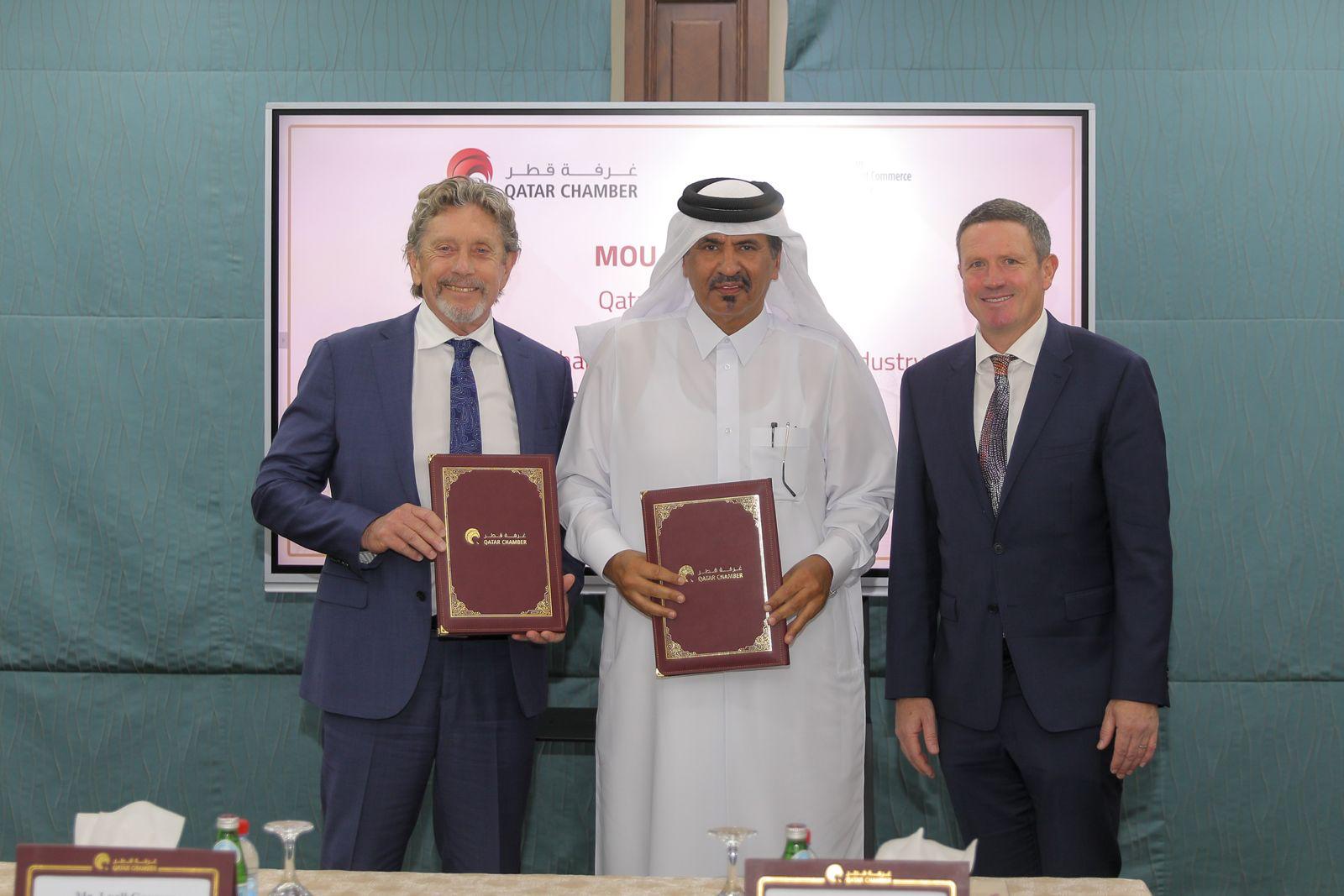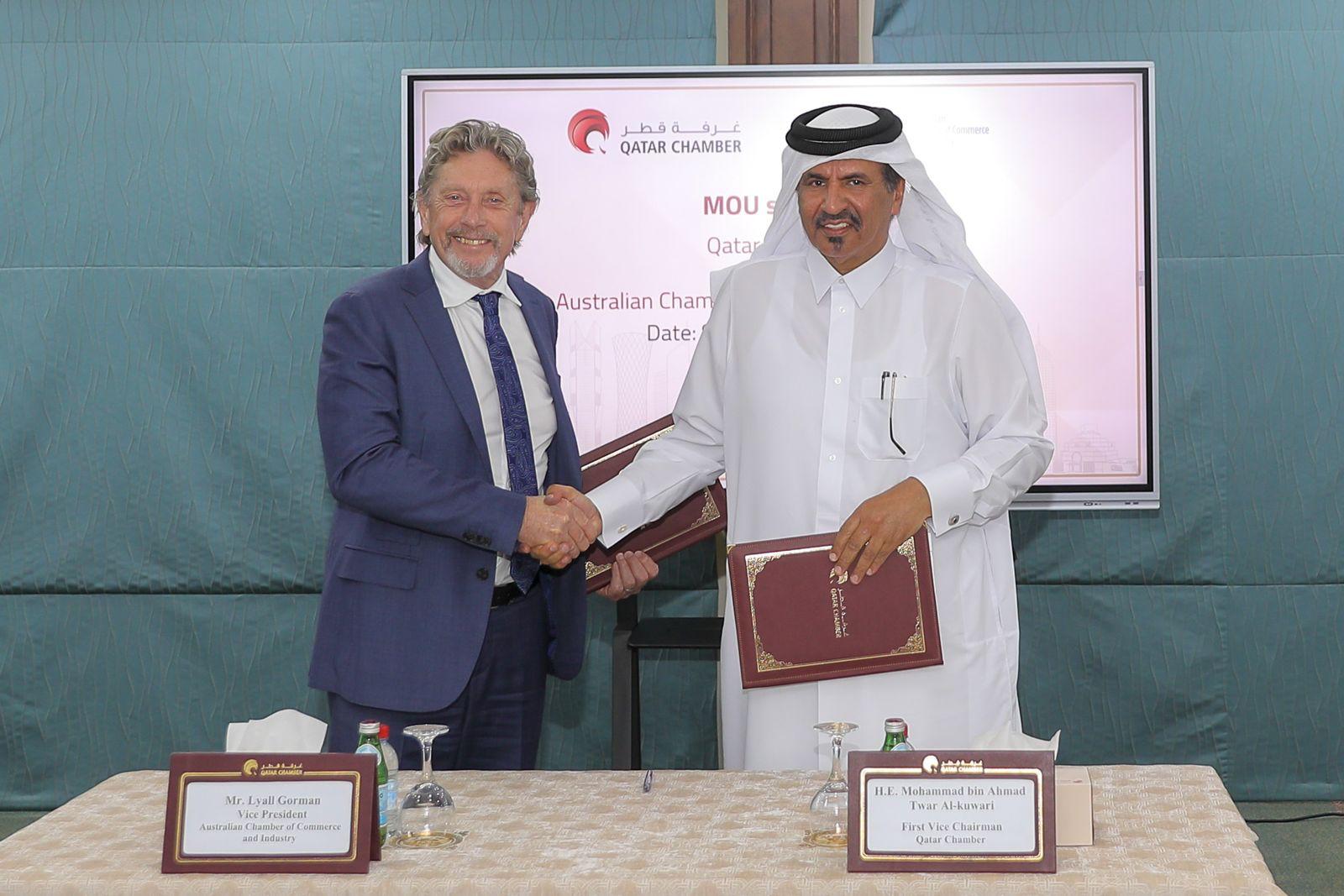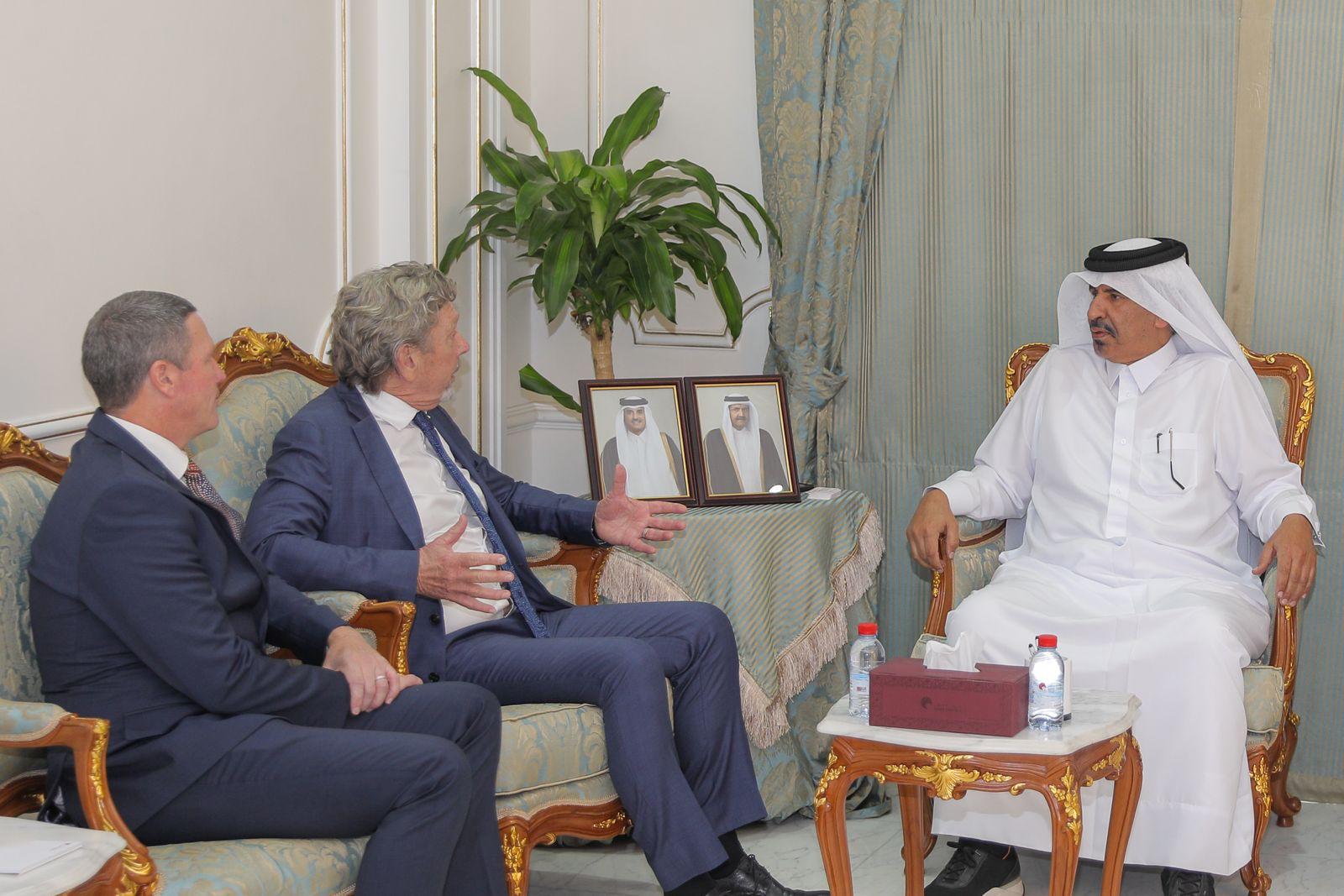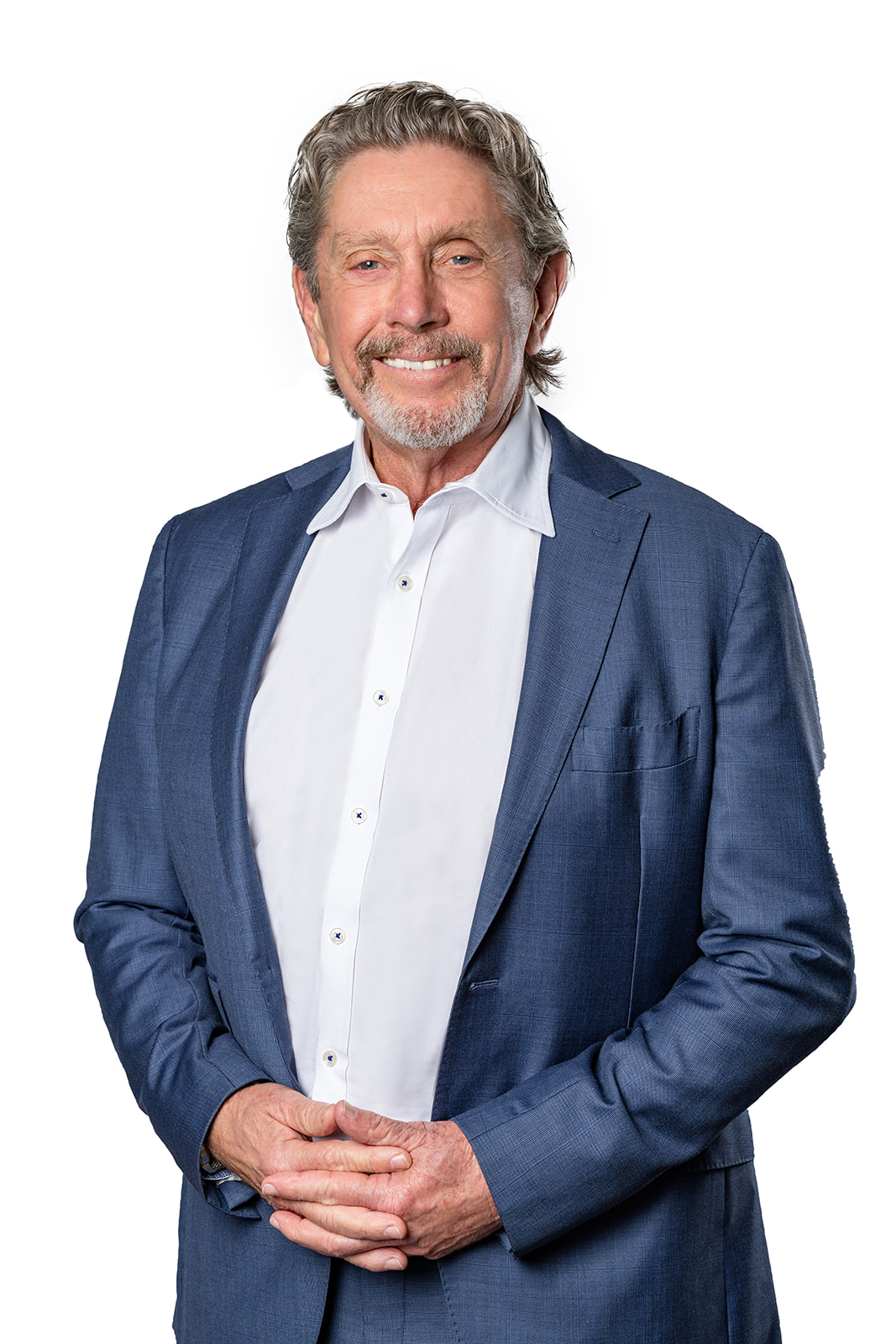Why Inflation Around the World Just Won’t Go Away
Roughly a year into their campaign against high inflation, policy makers are some way from being able to declare victory
FRANKFURT—The world’s central banks underestimated inflation last year. They are trying not to make the same mistake twice.
Across affluent countries, central bankers are sharply lifting inflation forecasts, penciling in further interest-rate increases and warning investors that interest rates will stay high for some time. Some have set aside plans to keep interest rates on hold.
Roughly a year into their campaign against high inflation, policy makers are some way from being able to declare victory. In the U.S. and Europe, underlying inflation is still around 5% or higher even as last year’s heady increases in energy and food prices fade from view. On both sides of the Atlantic, wage growth has stabilised at high levels and shows few signs of steady declines.

Indeed, the impact of the past year’s aggressive interest-rate increases seems to be ebbing in places, with signs that housing markets are stabilising and unemployment is resuming its decline. Growth softened in the eurozone, which has entered a technical recession, but the economic bloc still added nearly a million new jobs in the first three months of the year, while the U.S. economy has recently added some 300,000 jobs a month. Canada, Sweden, Japan and the U.K skirted recessions after growth unexpectedly rebounded. Business surveys suggest a relatively buoyant outlook.
All that puts major central banks in a tricky spot. They need to decide if inflation has stalled way above their 2% target, which could require much higher interest rates to fix, or if inflation’s decline is only delayed.
Get the call wrong, and they could push the rich world into a deep recession or force it to endure years of high inflation.
“It’s not an enviable situation that central banks are in,” said Stefan Gerlach, a former deputy governor of Ireland’s central bank. “You could make a major mistake either way.”
The difficulty is compounded by central banks having missed the rise of inflation in the first place, he said. These so-called policy errors hurt the standing of officials and might lead them to second-guess their decisions, as both sides of the inflation debate battle over why economists have been so wrong-footed on inflation.
The Federal Reserve last week held interest rates steady but signalled two more increases this year, which would lift U.S. rates to a 22-year high. Price inflation in core services excluding housing, a closely watched gauge of underlying price pressures, “remains elevated and has not shown signs of easing,” the Fed wrote in its semiannual monetary policy report last week.
Central banks in Australia and Canada recently surprised investors with interest-rate increases, the latter after a months-long pause. The European Central Bank last week increased interest rates by a quarter percentage point and indicated it would continue to push them higher at least through the summer. “We are not thinking about pausing,” ECB President Christine Lagarde said.
The Bank of England showed a readiness to pause its long series of interest rate rises since the start of the year, but it is now expected to raise its key interest rate for a 13th consecutive time this week as wage and consumer-price growth prove sticky. Investors anticipate five further rate increases that would take the bank’s key rate to 5.75%.
“We’ve still been going up, the ECB is still going up, everybody’s still going up, and the U.S. economy is still ripping along for the most part,” Fed Governor Christopher Waller said on Friday in a moderated discussion in Oslo.

British lawmakers have been running low on patience. The committee of lawmakers responsible for scrutinising the central bank Tuesday called for an independent review of its inflation forecasts, with a view to finding out what went wrong.
With economic signals mixed, central banks are entering a new phase: They need to wait long enough for past rate rises to filter through the economy without underestimating inflation again.
There are good reasons to wait. For one thing, the savings accumulated by households and businesses during the pandemic might have supported spending and countered the impact of rising borrowing costs. Businesses are highly profitable, which has enabled them to retain workers in a tough economy. As savings are depleted, spending will fall and inflation might resume its decline.
Interest-rate increases might also only just be starting to bite. Businesses and households might not respond when borrowing costs increase from zero to 1%, but they might cut spending more when rates rise to 5%. “It might be highly nonlinear,” said Gerlach.
Crucially, economies are still recovering from the pandemic. The delayed reopening of China’s economy supported growth around the world and might get a boost with fresh stimulus measures.
Many close-contact services such as restaurants and retail still have room to rebound following their huge plunge during the period of lockdowns and social distancing, according to Holger Schmieding, chief economist at Berenberg Bank. In the U.K., output of consumer-facing services is still 8.7% short of its prepandemic level, while the output of all other sectors is 1.7% higher.
Stronger spending on consumer-facing services will damp the impact of interest-rate rises for a time. But those effects won’t last long if economic growth continues to soften, which should reduce incomes and spending.
“The main point now is the transmission of our past monetary decisions, which are strongly reflected in financial conditions, but whose economic effects could take up to two years to be fully felt,” said François Villeroy de Galhau, who sits on the ECB’s rate-setting committee as Bank of France governor, on Friday.
Other considerations, however, suggest that inflation could remain sticky.
Some Fed officials believe that interest rates are hitting the economy more quickly than in the past, meaning that previous increases may already have worked through the system—and even more are needed.
Why might that be? Central bankers now state clearly what they are doing and what they intend to do in future, enabling investors to react immediately, Waller argued on Friday. In rate-hiking cycles as recently as the 1990s, the Fed didn’t even inform investors of its latest policy decisions. As a result, the yield on 2-year U.S. Treasury notes had increased by 200 basis points in March 2022, before the Fed increased rates at all, Waller said.
Moreover, new central-bank policies might damp the impact of interest-rate increases. Bundesbank economists argued in a recent paper that as rates rise, banks are earning more on their large stock of excess reserves parked with central banks, which reflect central banks’ large-scale asset-purchase programs. That helps banks to continue to extend loans.
Crucially, businesses and households might have adjusted to a new world of soaring prices by permanently changing their behaviour. If so, it could be very costly to return to the old world of low and stable inflation, requiring much higher interest rates, said Joerg Kraemer, chief economist at Commerzbank in Frankfurt.
Households and businesses need to respond aggressively or risk deep losses in purchasing power. Businesses can easily justify increasing their prices further if everyone else is doing the same. Trade unions are fighting to compensate employees in ways not seen in decades and attracting new members.
These changes mean that central banks will need to act more forcefully, pushing economies into a deeper downturn to break the new inflationary mind-set, Kraemer said. The ECB, for example, might need to increase its policy rate to 5% from the current level of 3.5%, he said.
For now, investors appear to doubt the hawkish tone emanating from central banks. Stock markets are resilient on both sides of the Atlantic, and investors are pricing in interest-rate cuts in the U.S. and Europe next year. That may be a mistake, according to some economists.
“The bottom line is that inflation at 5% remains too high, and it is clear that markets are under appreciating the Fed’s commitment to get inflation back to 2%,” said Torsten Slok, chief economist at Apollo Global Management.
 Copyright 2020, Dow Jones & Company, Inc. All Rights Reserved Worldwide. LEARN MORE
Copyright 2020, Dow Jones & Company, Inc. All Rights Reserved Worldwide. LEARN MORE
Chris Dixon, a partner who led the charge, says he has a ‘very long-term horizon’
Americans now think they need at least $1.25 million for retirement, a 20% increase from a year ago, according to a survey by Northwestern Mutual
This agreement aims to foster the development of robust partnerships between the communities of both regions.
The Australian Chamber of Commerce and Industry has recently signed a Memorandum of Understanding (MoU) with the Dubai Chambers, marking a significant step towards enhancing cooperation and strengthening economic and trade relations between Dubai and Australia. This strategic agreement aims to foster the development of robust partnerships between the business communities in both regions.
In today’s interview, we will delve with Mr. Lyall Gorman, Vice President of the Australian Chamber of Commerce and Industry, into the objectives and anticipated impacts of this MoU, explore the key initiatives and projects that will arise from this collaboration, and discuss the potential challenges and strategies for overcoming them.
We will also look into how this agreement aligns with the broader strategic goals of the Australian Chamber of Commerce and Industry and the future of trade relations between Australia and the Middle East.
Can you give us a brief overview of the MoU signed with the Dubai Chamber? What are the main objectives?
The MoU we signed is designed for the two chambers to collaborate for mutual benefit and interest, focusing on business-to-business interactions. We are currently exploring opportunities around delegations, information sharing, trade, commerce, and e-commerce. The main goal is to bring businesses together in a structured manner to share ideas and encourage positive outcomes.
This partnership aims to increase the understanding of each other’s economies, recognize opportunities in each other’s regions, and work together to create mutual benefits. By doing that, we hope to enhance the economic ties between Dubai and Australia, leveraging each other’s strengths to create a more dynamic and prosperous business environment.

How do you see this MoU impacting trade relations between Australia and Dubai in the short and long term?
In the short term, we are expecting to generate a significant increase in awareness. By sharing information, data, and demographic insights, we will gain a better understanding of each other’s economic environments. This will help us identify existing opportunities for collaboration and potential mutual investment. From a trade perspective, we anticipate increased exports from Australia to Dubai and vice versa. This could include areas such as disruptive technology, medical research, education, construction, and agriculture—sectors that are currently emerging and critical.
In the long term, this enhanced understanding and collaboration will allow us to identify and capitalize on more opportunities. It’s about recognizing what’s happening in each other’s regions, understanding potential opportunities, and working together to create economic value. By fostering a deeper economic connection, we aim to create sustainable growth and mutual benefits over time.
What sectors or industries do you see as the primary beneficiaries of this partnership?
There are several mutual opportunities we aim to explore. Dubai has evolved incredibly over the last 20 years, achieving remarkable growth. However, there are still areas where further cooperation can drive growth. Some of the key initiatives will focus on sectors such as AI, digital disruptive technologies, smart technologies, financial services, education, construction, and advanced technologies.
Australia is highly regarded for its building codes and manufacturing capacity, especially in the construction sector. Additionally, I believe food security presents an interesting opportunity. As a major exporter of meat and other food products, Australia can contribute significantly to food security discussions, which is particularly relevant for Dubai.
Education is another area with significant potential for collaboration. By exploring these sectors, we aim to implement projects that not only address current challenges but also pave the way for sustainable development and innovative solutions in both regions.

What challenges do you foresee in the implementation of this MoU, and how do you plan to address them?
The cultural differences can impact how business is conducted, and this requires careful navigation. To address this, we need open and transparent communication, fostering a spirit of collaboration and mutual respect. It’s essential to have a genuine desire to embrace each other’s cultural differences and find common ground.
Another potential challenge is ensuring that both sides fully understand and adapt to each other’s regulatory environments and market dynamics. Dubai has matured significantly into a global business and corporate hub, which helps, but there are still differences to consider.
By prioritizing understanding and respect, and committing to ongoing learning from each other, we can effectively manage these challenges. Working together in a considerate and respectful manner will be crucial in overcoming any hurdles that may arise during the implementation of this MoU.
How does this MoU align with ACCI’s broader strategic goals for international trade and collaboration?
This MoU aligns closely with ACCI’s broader strategic goals by emphasizing the importance of fostering and diversifying economic partnerships on a global basis. The current global geopolitical situation has underscored the need for diversifying our supply chains and business relationships.
From an Australian perspective, the lessons learned during the COVID-19 pandemic and the evolving geopolitical environment have further highlighted the necessity of expanding our economic partnerships.
The Middle East, including the GCC, are regions where Australia already has strong relationships that can be further strengthened. Therefore, by working together, collaborating, and sharing knowledge and forward-thinking ideas, this MoU will help us identify and shape initiatives that add value and align with our strategic goals for international trade and collaboration.

How do you envision the future of trade relations between Australia and the Middle
I believe it will become stronger, more robust, and more regular, all for mutual benefit. There is a genuine willingness between both regions to grow and expand this relationship through a partnership model rather than a transactional one. This approach involves setting short, medium, and long-term goals, fostering a thriving and enduring relationship.
We have already established a strong partnership with Dubai Chambers and maintain a good relationship with the Dubai International Chamber here in Australia, led by Sophia Demetriades Toftdahl. This aligns with our strategic goal of global diversification in business.
Additionally, we recently signed an MoU with the Qatar Chamber and are about to sign with the Abu Dhabi Chamber as well.
Engaging with Saudi Arabia also makes sense, as it is a significantly emerging country. The last few years under new leadership have brought clarity to its economic, political, and social future and a strong passion and drive to become a major player in the region and global stage
Chris Dixon, a partner who led the charge, says he has a ‘very long-term horizon’
Americans now think they need at least $1.25 million for retirement, a 20% increase from a year ago, according to a survey by Northwestern Mutual





















